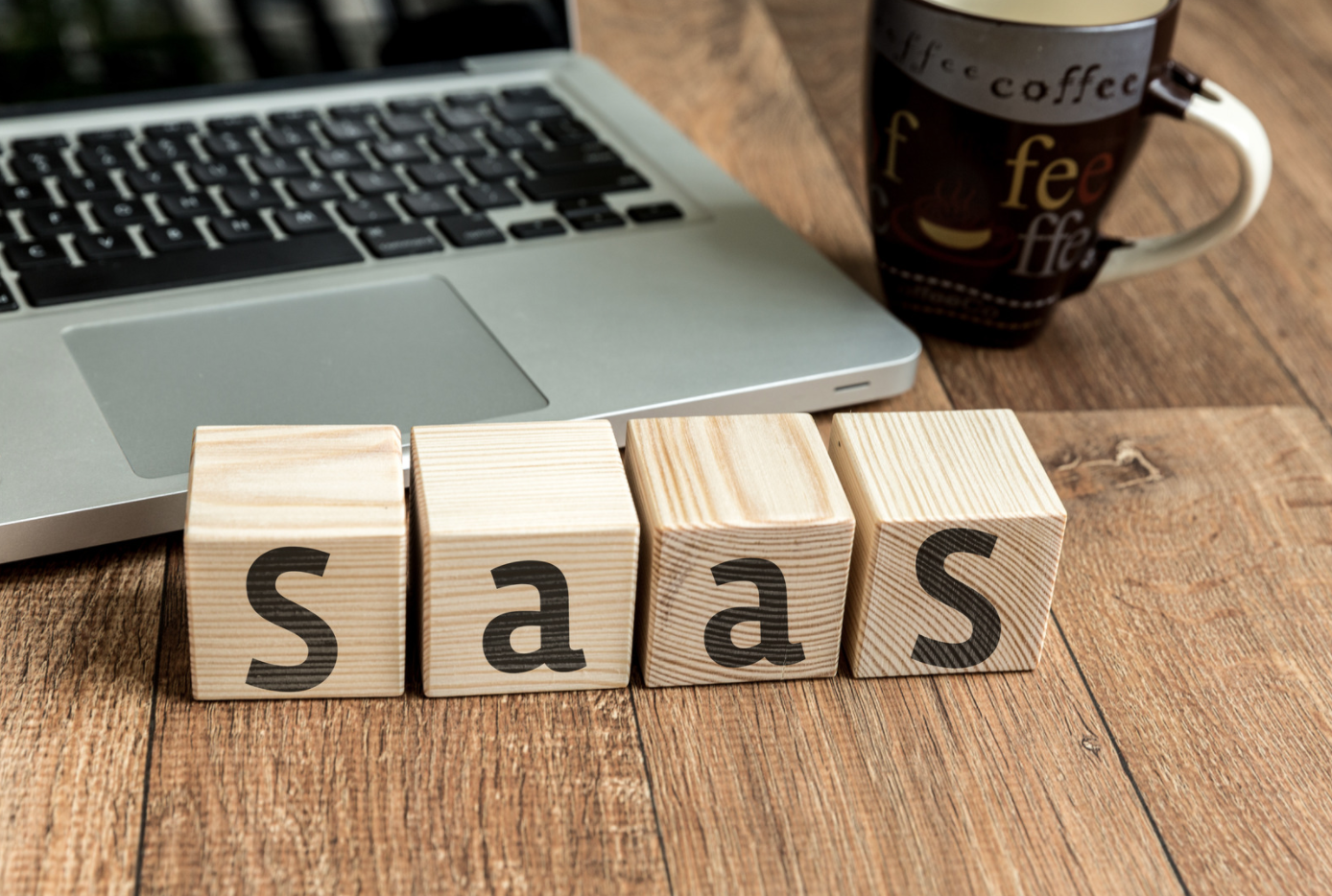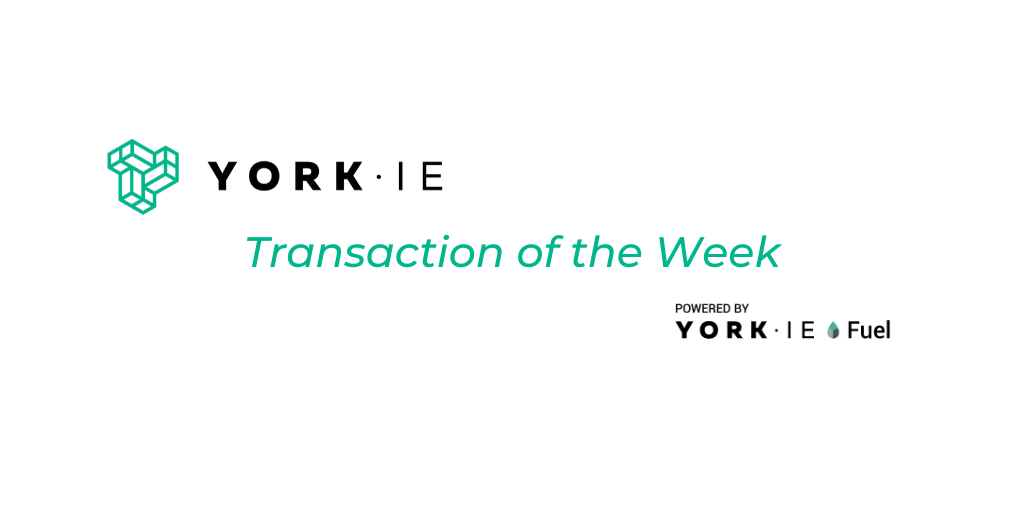Technology is a word that everyone is used to hearing, but what immediately comes to mind thereafter can be very unique to each person. Some may think of Apple and the latest iPhone, others a robotics lab at MIT. What about software as a service (SaaS), a subcategory of the broader term? What pops into people’s minds? As a current college student, I was first introduced to the term in passing as one of my intro-course professors hurried through a list of different businesses we may run into later in life. Both keywords were familiar; software and service, so I thought nothing of it and moved on to memorizing the elements of a balance sheet and the details of an LLC. Later, after becoming involved with York IE, who specializes in SaaS, I realized that as much as I knew about software and services, I knew next to nothing about software as a service.
Software
In learning to start navigating this new world, I found I needed to oversimplify, yet not underestimate, SaaS. The first piece is exactly how it sounds; do not overcomplicate it, and start out slow. The first half of SaaS is software. Although I’m well aware that this day and age software isn’t anything new, an accurate depiction of it in relation to SaaS is critical. Software in the case of SaaS is most often referring to code or instructions that are telling the computer to do something, attached to a graphical user interface (GUI) which lets someone interact with it. When scrolling through iTunes to find my favorite study-time playlist, Relaxing Classical, everything I am seeing and clicking on is the GUI, and the commands to hit play and send a digital audio signal to my headphones are the instructions. It is that simple.
Service
What about services? Well, let’s start with the opposite of services; goods. A pair of shoes, a car, laptop, or wallet are all goods. Some corporations made a design, theorized a production process, gathered raw materials, put those materials through their production process, and made a finished good. But, what about services? Service, a service, or services could mean a variety of things to a variety of people depending on the context, but in the case of SaaS, it is still important to keep it simple. Services mean to provide something of benefit to someone else on a pay-as-you-go basis, where once payment stops, so does the something of benefit. Every year my school charges tuition for the right to attend and receive an education. As long as it gets paid, I can continue, but as soon as they stop receiving money, I will also stop receiving my education. It is no different with SaaS, except the principle has been applied to software.
SaaS
Simply put, SaaS is referring to the business of providing software to a buyer for a subscription-based fee. Now that software and service have been clearly defined, this is no longer quite as hard to wrap our minds around; a company is selling the right to use software for a payment, and once payment stops, so does the right to use it. But, remember what I said at the outset; to start to understand SaaS I needed to oversimplify, yet not underestimate it. Why did that become necessary? Enter the acronym B2B. Smartphones, shoes, cars, laptops, wallets, and a college education are very apparent and visible to the consumer, someone who is expending a cost to obtain something of value for themselves. This is most often referred to as B2C, or Business-to-Consumer. B2B, or Business-to-Business, on the other hand, is where exchanges are apparent, visible, and made between and by a business, something that is organized to be involved in commerce. This world of B2B hidden away from the average consumer is where it would be a mistake to underestimate SaaS, something that is providing real value and crucial benefits behind the scenes for countless businesses in every industry. What benefits, and what industries, though. Why even bother with B2B SaaS? I hope that this new series of posts will start to answer those, and look forward to navigating and learning with you through the process.


